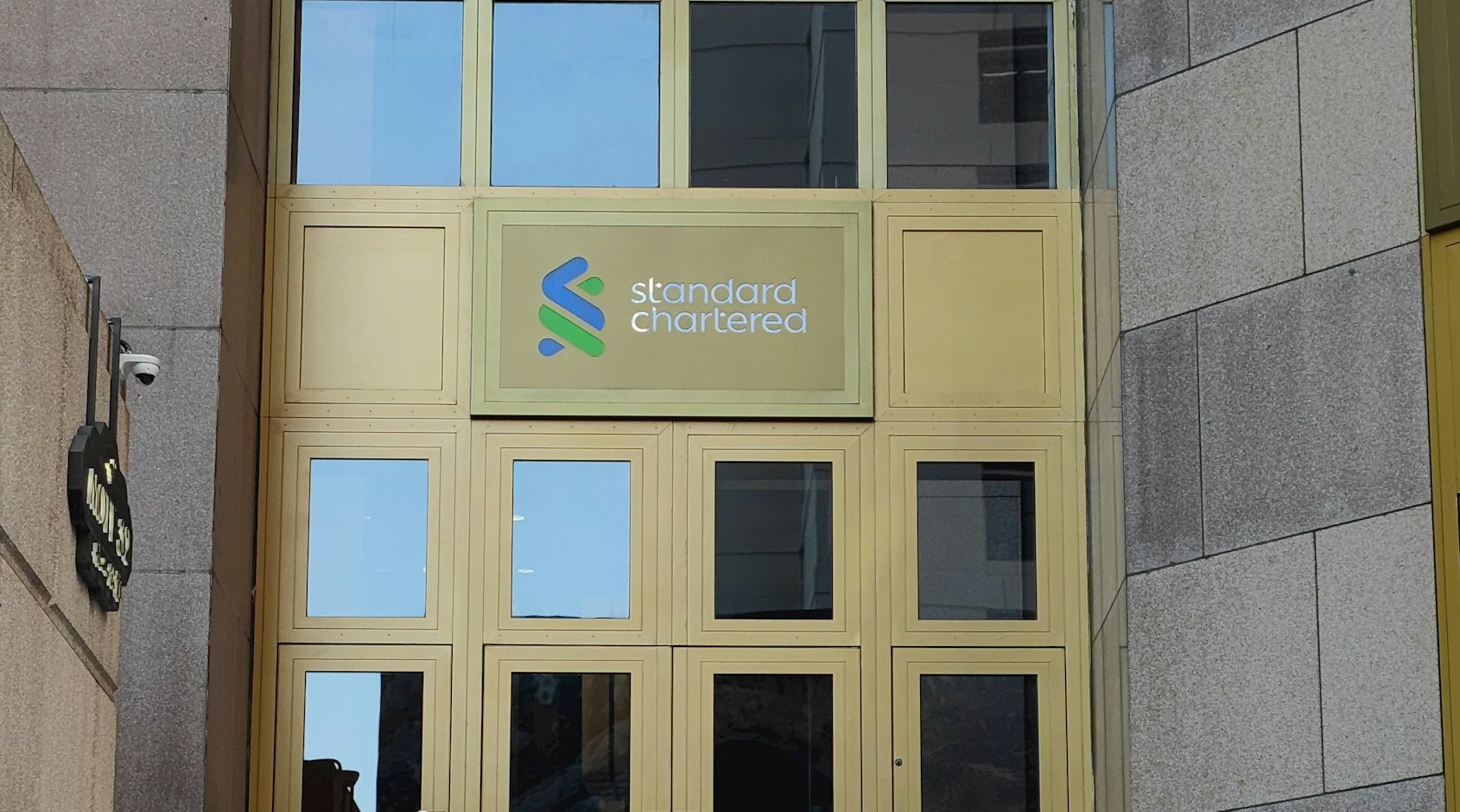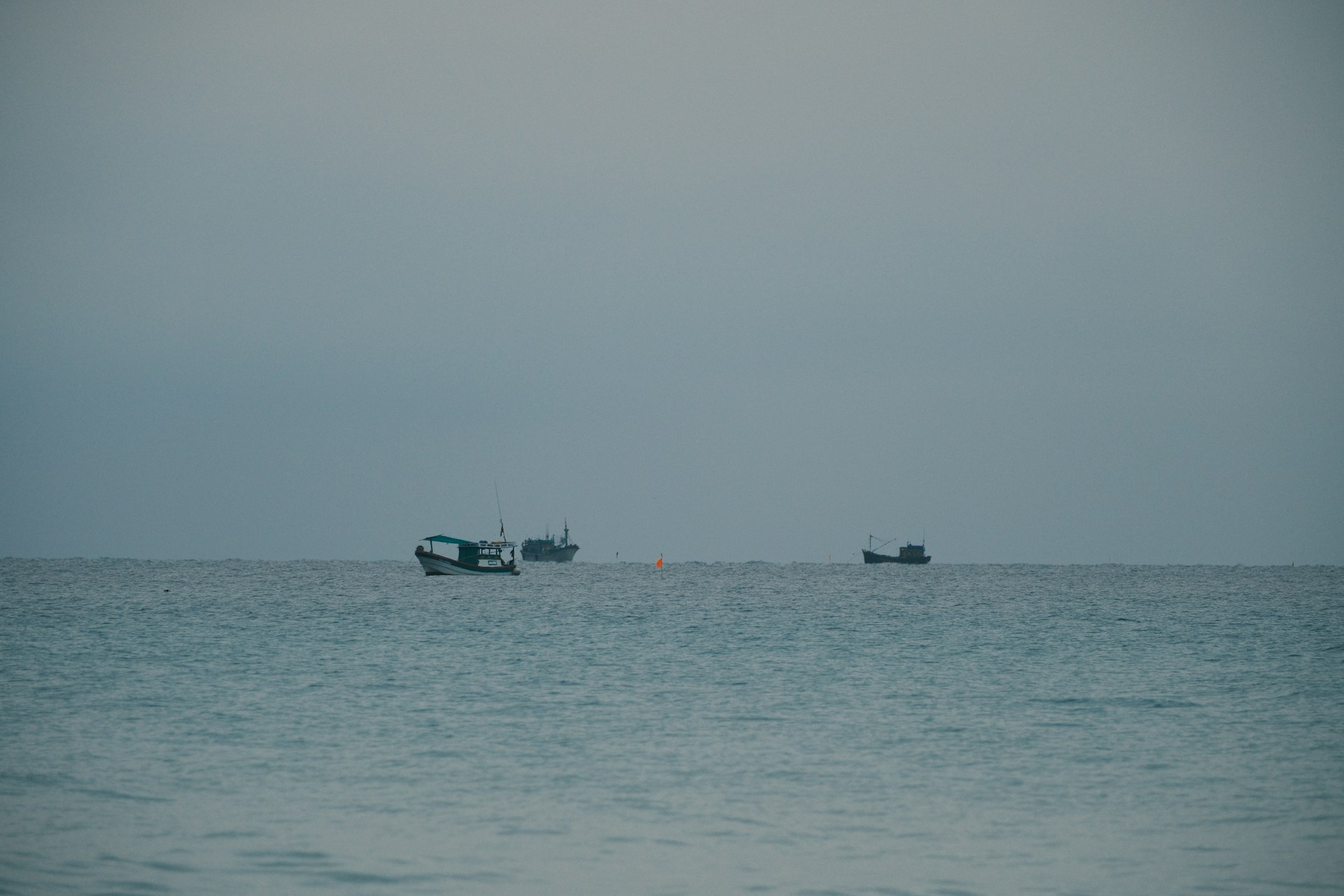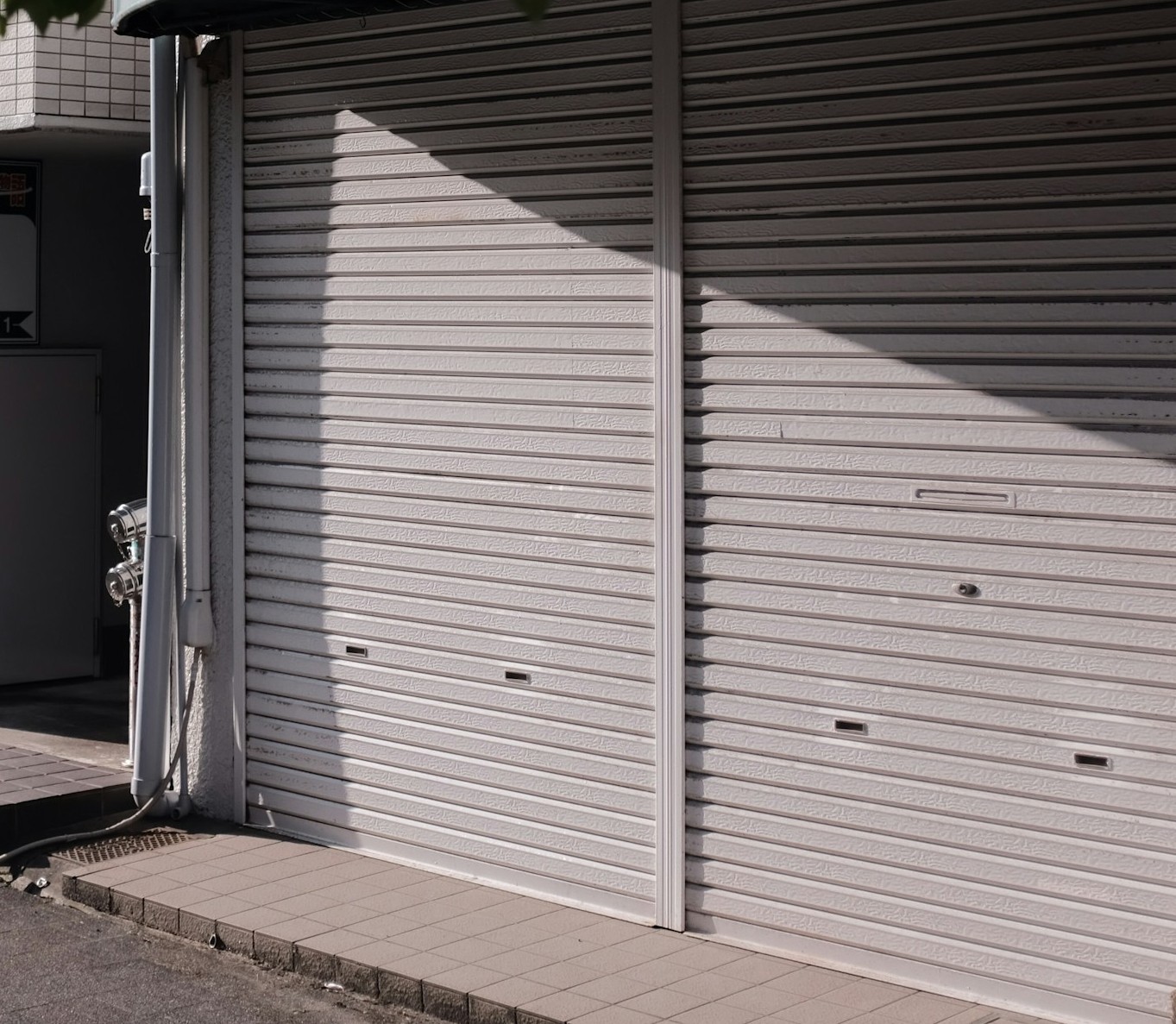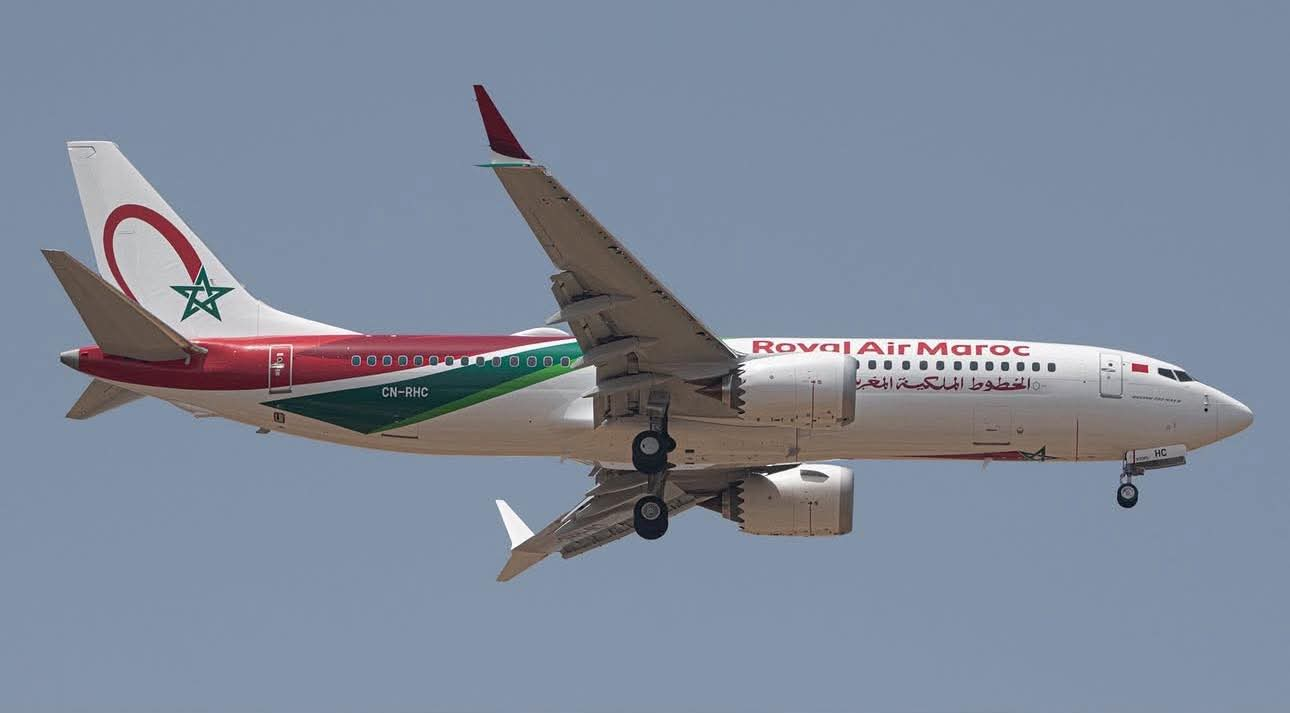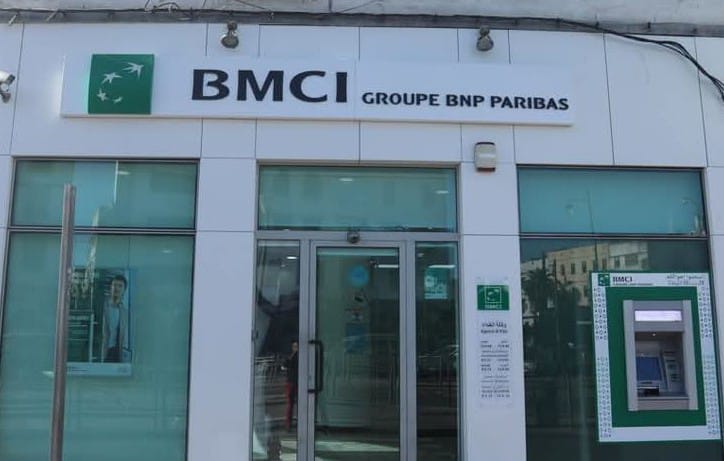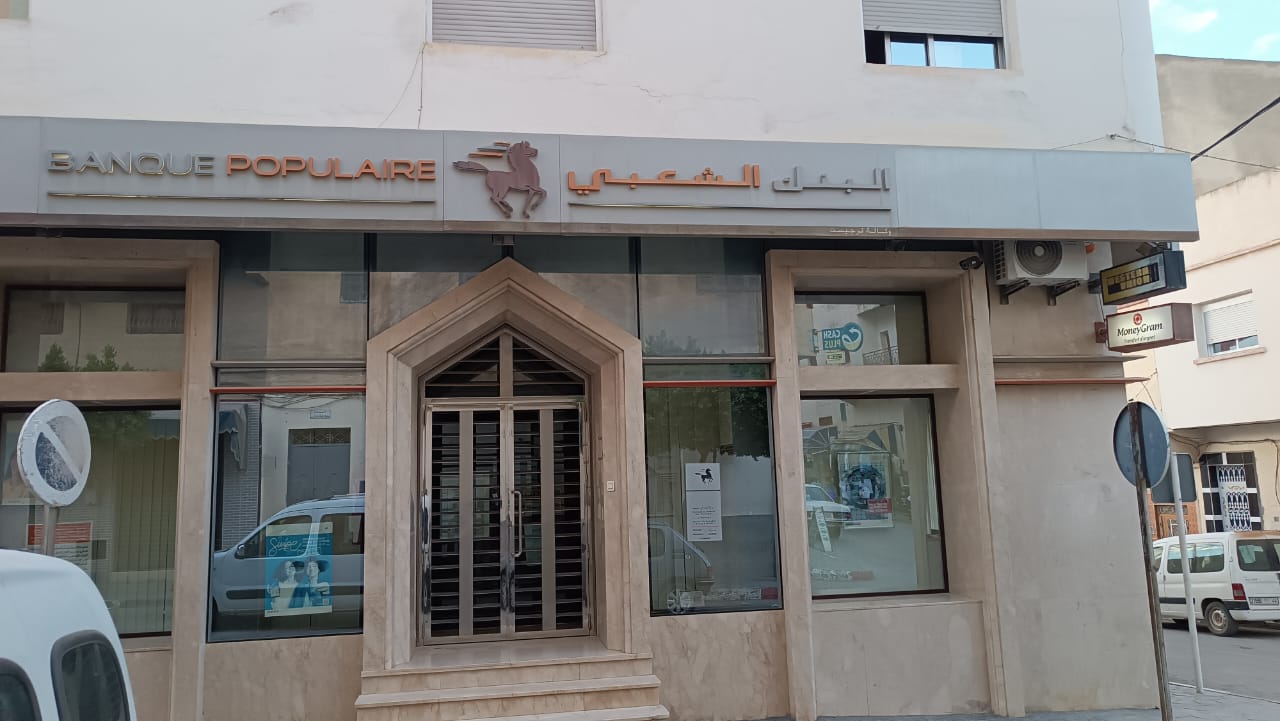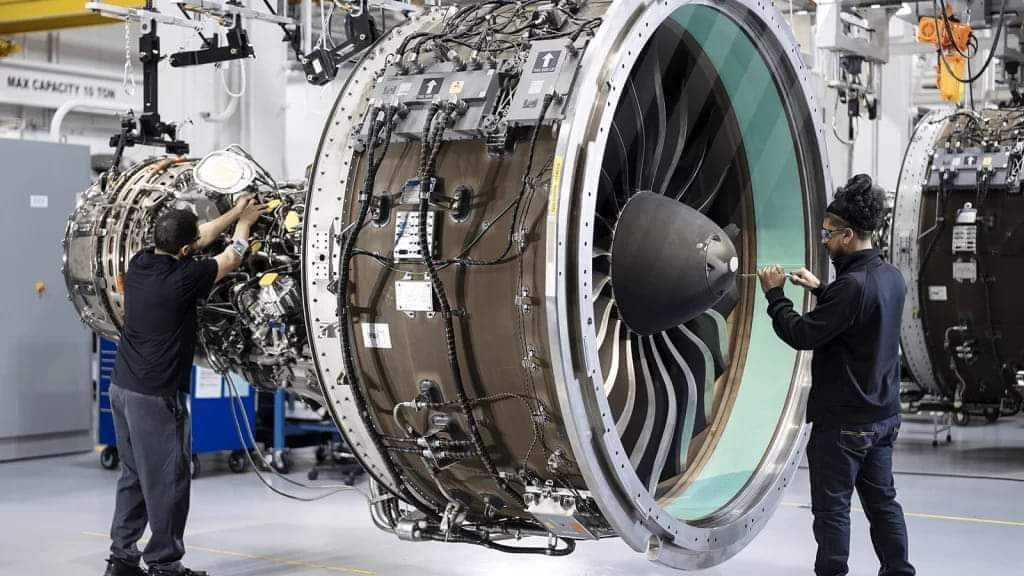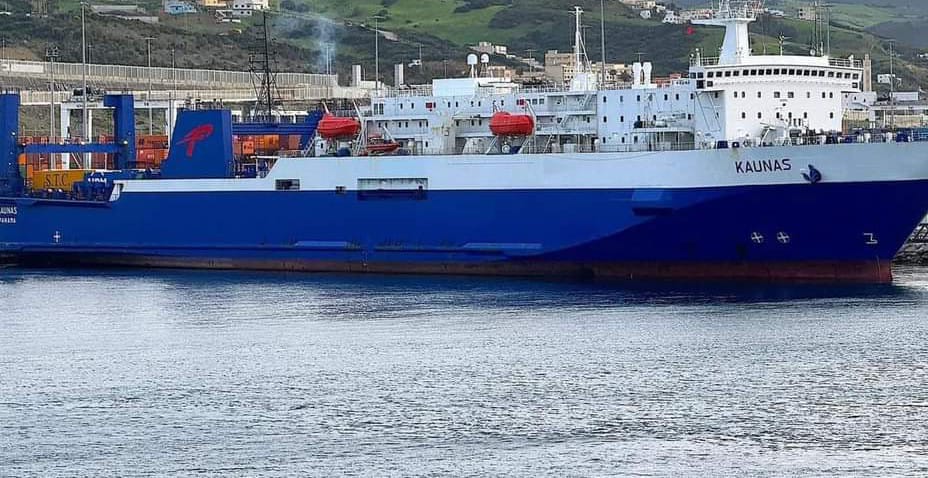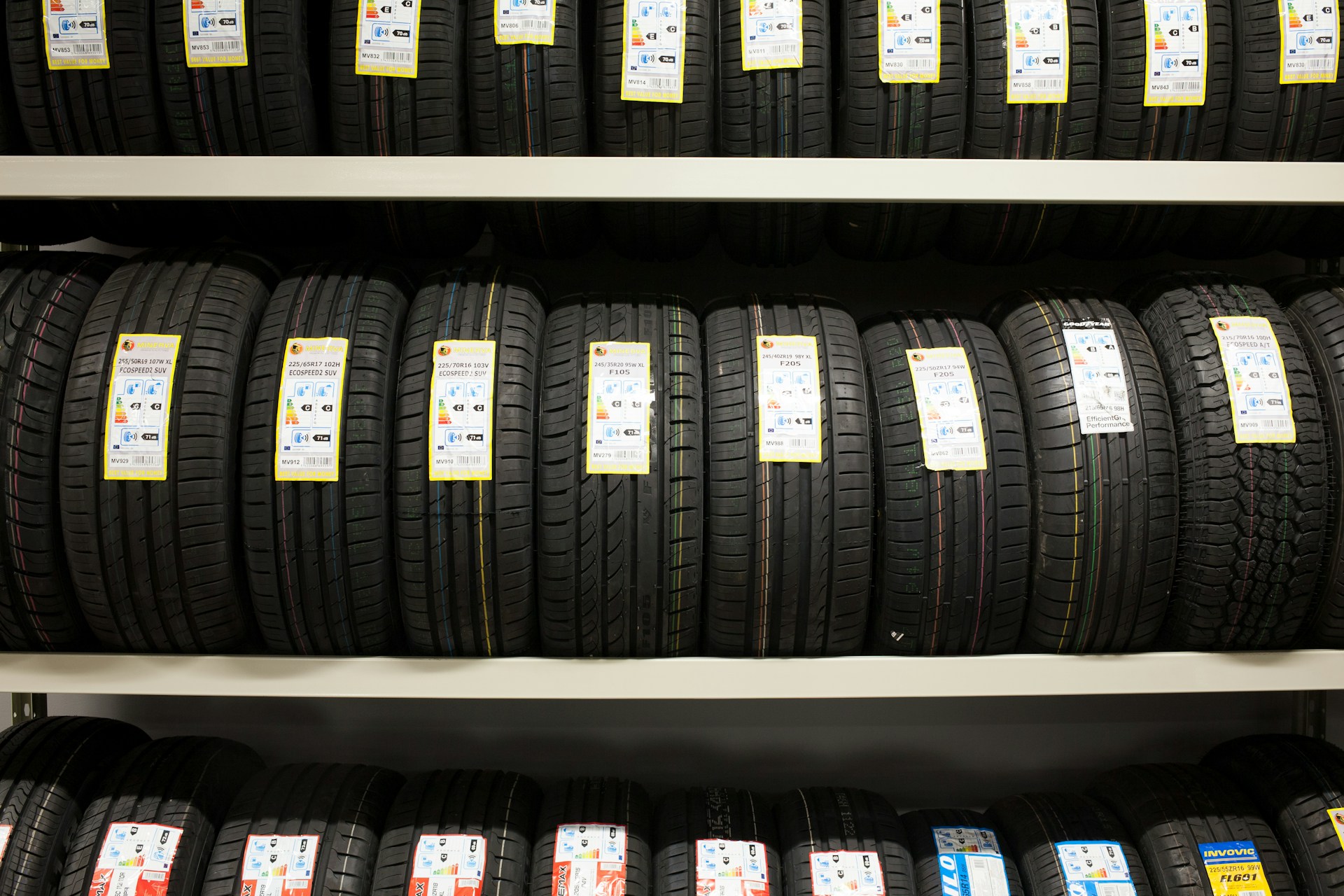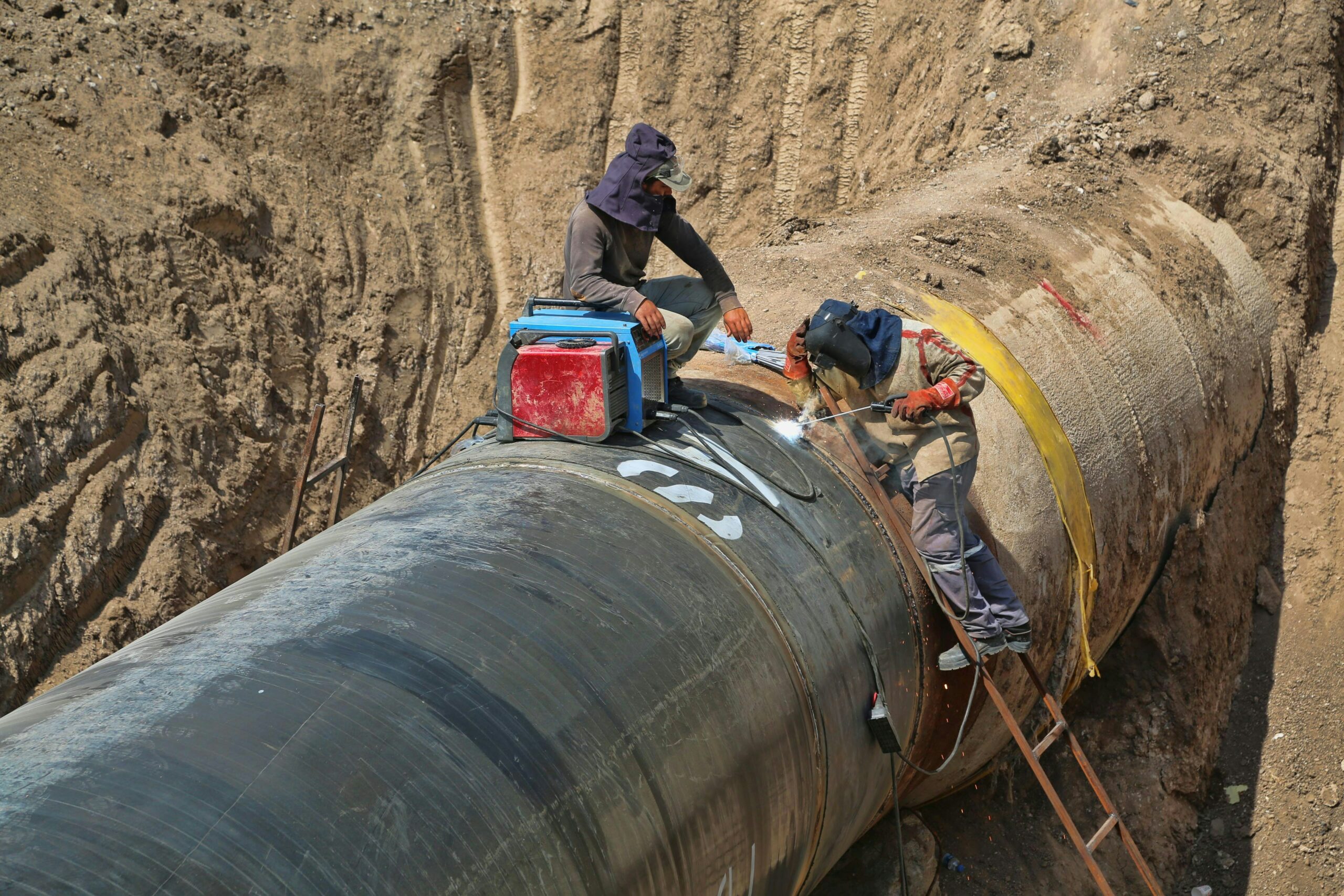Casablanca – Royal Air Maroc (RAM), Morocco’s national airline, is pressing ahead with an ambitious fleet expansion strategy aimed at transforming the carrier into a key player in African and global aviation. In preparation for rising passenger demand and upcoming international events, RAM is significantly increasing the size and capability of its fleet.
On July 16, RAM received a new Boeing 737 MAX 8 aircraft, the latest addition to its modernization plan. Registered as CN-RHD, the aircraft arrived at Casablanca’s Mohammed V International Airport following a delivery flight from Boeing Field in the United States, including a technical stop in Gander, Canada. Another Boeing 737 MAX 8 is expected to arrive before the end of July, and a third, registered CN-RHE, is scheduled to join the fleet in the coming months.
These deliveries are part of a broader fleet renewal initiative that includes ten Boeing 737 MAX 8 aircraft slated for delivery in 2025. The program will continue in 2026 with the expected arrival of eight additional 737 MAX 8s and two Boeing 787-9 Dreamliners. The goal is to support RAM’s operational growth while improving energy efficiency, reducing emissions, and enhancing passenger experience.
The Boeing 737 MAX 8, part of the new generation of narrow-body aircraft, is known for its low fuel consumption, extended range, and advanced onboard systems. These features allow RAM to increase the number of medium-haul destinations it serves—particularly in Europe and sub-Saharan Africa—while optimizing operating costs and minimizing environmental impact.
This expansion comes as Morocco prepares to host major events, most notably the 2025 Africa Cup of Nations and the 2030 FIFA World Cup, which the country will co-host with Spain and Portugal. These events are expected to significantly boost air travel demand and place greater logistical pressure on national transportation infrastructure.
In response, RAM is pursuing a long-term strategy that aims to grow its fleet from under 60 aircraft in 2025 to approximately 200 aircraft by 2037. Around two-thirds of the future fleet will consist of short- and medium-haul aircraft designed to support regional and continental routes, while the remainder will include wide-body long-haul aircraft suitable for intercontinental travel.
The airline’s network is also expanding. By summer 2025, RAM will operate flights to 95 destinations, with more than 6.6 million seats available—a record for the airline. New routes include flights to São Paulo, Beijing, Toronto, and Catania, reflecting RAM’s growing global reach. To meet seasonal demand surges, the airline is supplementing its permanent fleet with leased aircraft.
This growth is aligned with Morocco’s broader “Vision 2030” development agenda, which includes positioning Casablanca as a key aviation hub linking Africa with Europe, Asia, and the Americas. The Moroccan government is supporting RAM’s expansion as part of national efforts to boost tourism, enhance transport infrastructure, and increase foreign connectivity.
RAM’s ongoing negotiations with aircraft manufacturers have been central to its long-term plans. While Boeing remains the airline’s main supplier, with most of its current fleet consisting of Boeing aircraft, RAM has also considered proposals from Airbus and Embraer. Airbus has made a push to supply around 20 A220 aircraft, but according to multiple industry sources, Boeing is expected to retain the largest share of RAM’s upcoming orders.
RAM is investing not only in fleet expansion but also in improved operational logistics, staff recruitment, and route optimization. The airline’s broader objective is to ensure it can accommodate projected travel demand while maintaining competitive service standards, environmental responsibility, and cost efficiency.
As Royal Air Maroc continues to grow its fleet and network, it is reinforcing its role as a strategic national asset. The transformation is intended to meet the needs of a rapidly expanding tourism industry and prepare the airline to meet the expectations of millions of travelers in the years ahead. By doing so, RAM aims to secure its place among the continent’s leading carriers and contribute significantly to Morocco’s economic and global connectivity goals.

